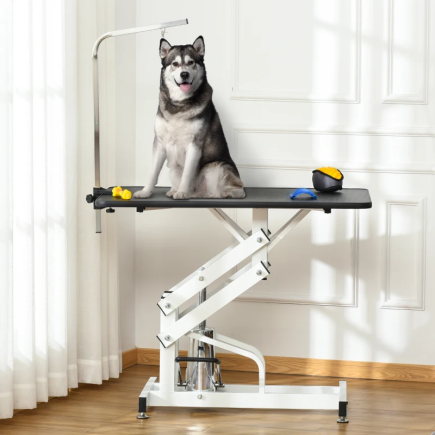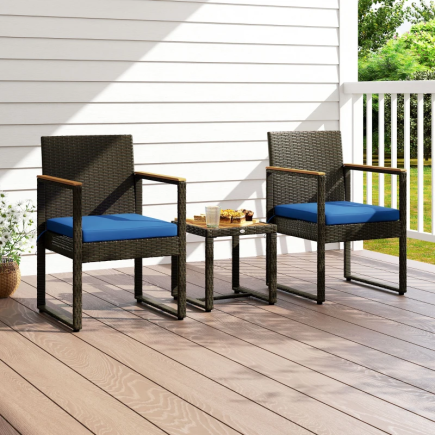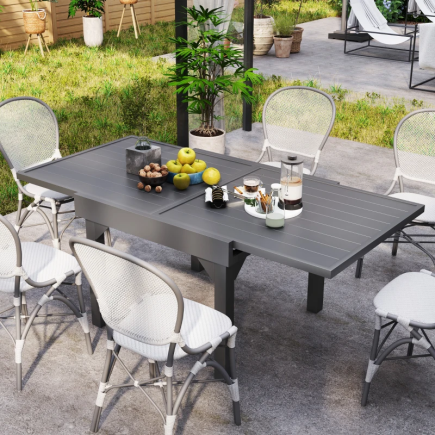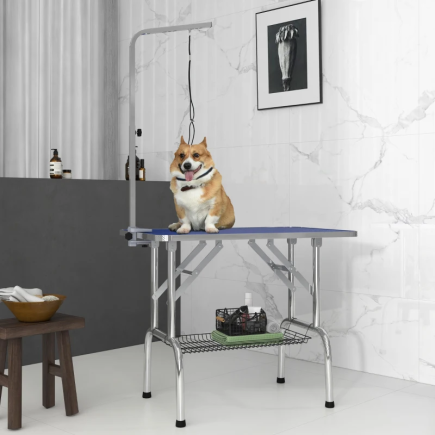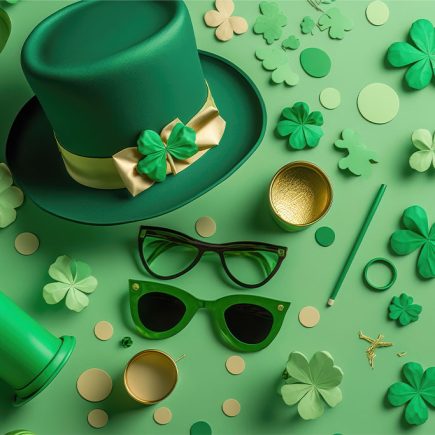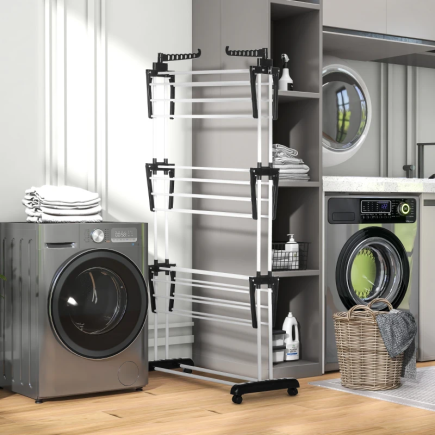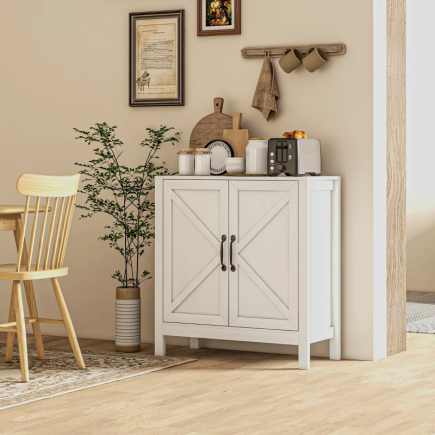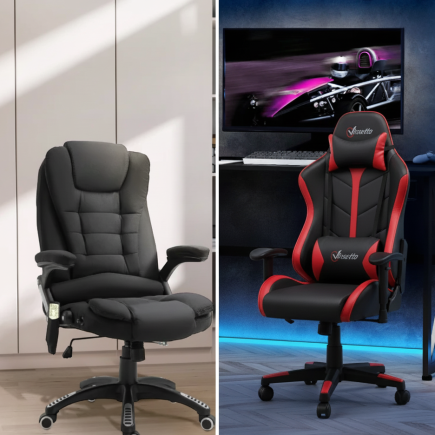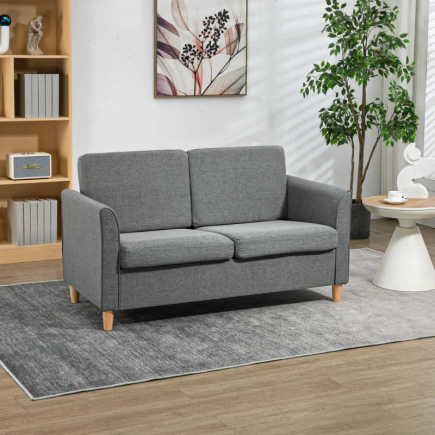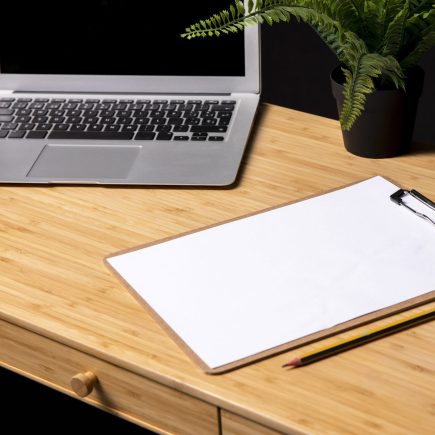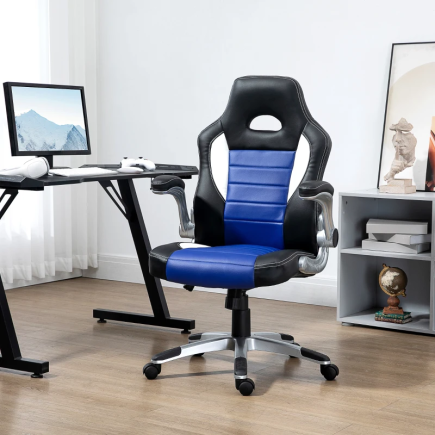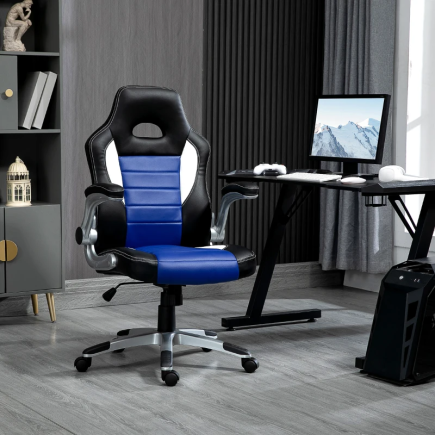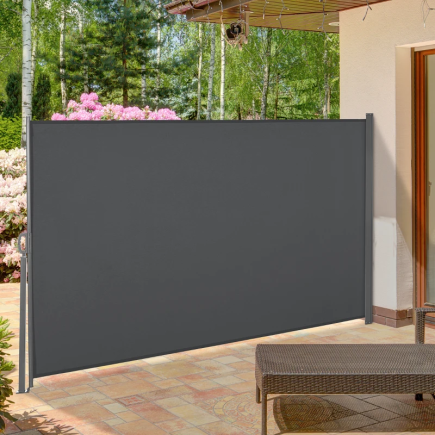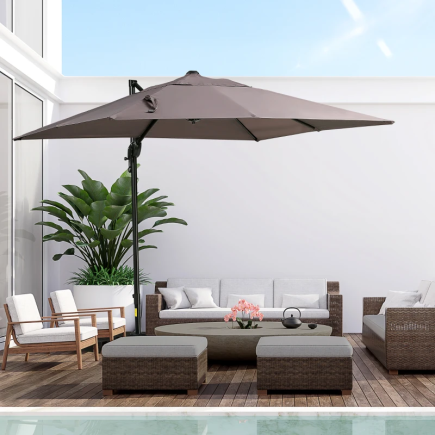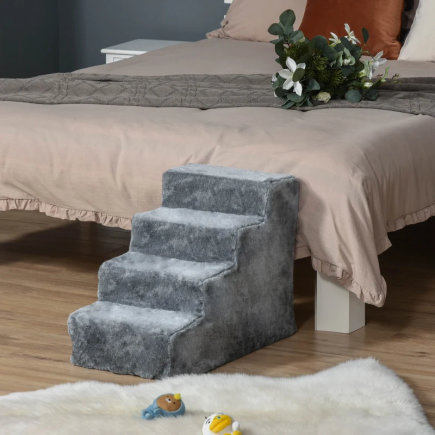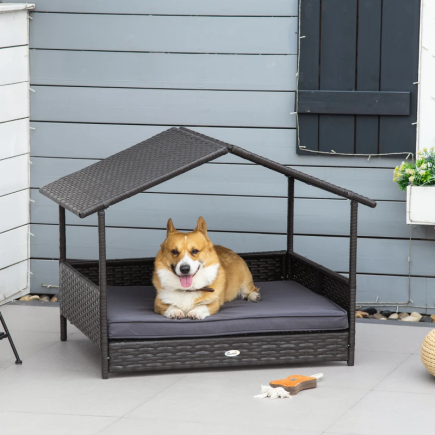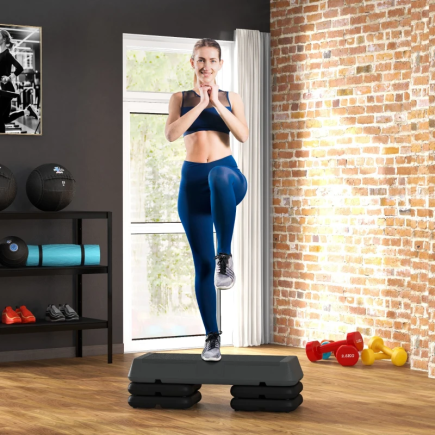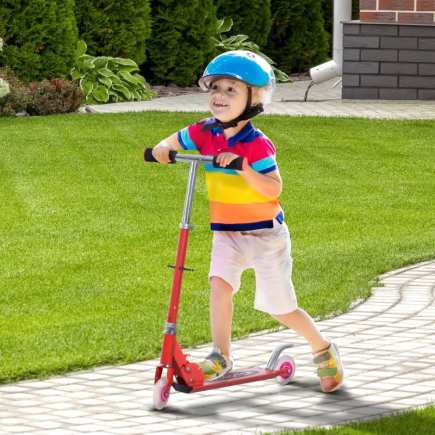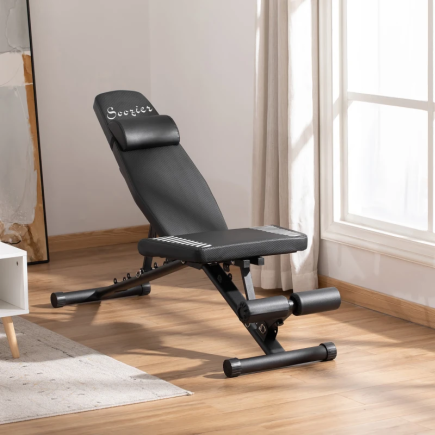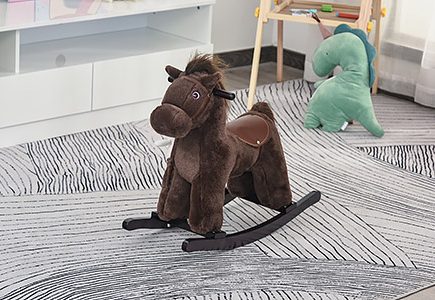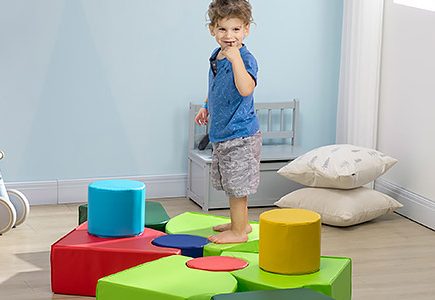
Your coffee table isn’t just a piece of furniture. It’s the centerpiece of your living room. It holds drinks, books, decorations, and sometimes even your dinner. But with daily use comes dust, crumbs, spills, and fingerprints. If you want your coffee table to last and always look great, regular, material-specific cleaning is key.
This guide teaches you how to clean and maintain wood, glass, metal, stone, and acrylic coffee.
Tools You’ll Need

| Tool | Purpose |
| Microfiber cloth | Safe dust removal |
| Soft sponge | Gentle surface cleaning |
| Mild dish soap | Universal, non-damaging cleaner |
| Distilled water | Prevents streaks and spots |
| Soft-bristle brush | Reaches crevices and edges |
| Lint roller | Great for quick dust pick-up |
Basic Cleaning Routine
- Clear the table surface of any décor, trays, books, or cups.
- Dust using a microfiber cloth to remove debris without scratching.
- Spot clean using a damp cloth and mild soap. Focus on corners or sticky spots.
- Dry immediately with a clean cloth to prevent streaking, warping, or water damage.
Bonus Tip: Use a tray or runner to catch spills and crumbs before they reach the table surface.
How to Clean Wooden Coffee Tables

Wood is warm and inviting, but it’s sensitive to scratches, stains, and sunlight. Gentle care keeps it looking beautiful for years.
Cleaning Process
- Dust weekly with a dry microfiber cloth.
- Mix warm water with a drop of dish soap. Avoid oversaturating the cloth.
- For grooves or carvings, use a soft-bristle toothbrush to clean dirt buildup.
- Wipe in the direction of the grain to avoid dulling the finish.
- Dry immediately after cleaning to avoid moisture absorption.
Removing Water Rings and Stains
- White rings (moisture): Rub gently with non-gel toothpaste or a baking soda paste.
- Dark stains: Lightly sand and refinish or consult a professional.
- Ink stains: Dab rubbing alcohol with a cotton swab (test in a hidden area first).
- Grease: Use a small amount of vinegar and water (sparingly).
Polish and Protect
| Task | Frequency | Tips |
| Polishing | Every 2–3 months | Use wax-based polish and follow the grain |
| Conditioning | Twice a year | Use lemon oil or beeswax conditioner |
Preventive Tips
- Use felt pads under décor to avoid dents.
- Add a glass top for added protection.
- Keep out of direct sunlight to prevent fading or cracking.
Quick Tip: Never place hot mugs or damp items directly on wood. Always use coasters.
How to Clean Glass Coffee Tables

Glass coffee tables look clean and modern but attract smudges, dust, and fingerprints.
Cleaning Process
- Mix equal parts vinegar and distilled water in a spray bottle.
- Spray lightly and wipe in circular motions with a microfiber cloth.
- For hard water spots, soak a cloth in vinegar and place over the spot for 5–10 minutes.
- Use a dry cloth to buff for a streak-free finish.
Sticky Residue and Grime
- Use warm, soapy water and a soft sponge for sticky areas.
- For hardened gunk like wax or glue, use a plastic scraper or razor blade at a shallow angle.
Prevention
- Avoid using paper towels and abrasive sponges.
- Use placemats or soft mats under décor.
- Spray cleaner onto the cloth instead of directly on the surface to avoid runoff onto frames or legs.
Quick Tip: A lint roller works well for last-minute dust removal.
How to Clean Metal Coffee Tables

Metal tables such as stainless steel, brass, or powder-coated finishes require finish-specific care.
Cleaning Process
- Remove objects and inspect for residue or rust.
- Mix mild dish soap with warm water and use a microfiber cloth to clean all surfaces.
- Use a toothbrush to scrub corners or textured areas.
- Rinse with a damp cloth and dry immediately.
Rust Removal
- Mix baking soda and water into a paste.
- Apply to rust spots and let sit for 30 minutes.
- Scrub gently and wipe clean.
Polishing
| Metal Type | Frequency | Notes |
| Stainless Steel | Monthly | Buff with stainless polish or mineral oil |
| Brass | Every 2 months | Use polish only on solid brass |
| Matte/Coated Metal | As needed | Clean with mild soap, no polish required |
Avoid
- Steel wool or scouring powders.
- Bleach or high-pH cleaners.
- Excess water pooling near joints or seams.
Quick Tip: Buff brushed metal finishes with baby oil to reduce fingerprints.
How to Clean Stone Coffee Tables (Marble, Granite, Travertine)

Stone tables are stylish and durable but are prone to staining and etching if not properly maintained.
Cleaning Process
- Dampen a cloth with stone-safe cleaner or diluted castile soap.
- Wipe gently and dry immediately.
- Avoid acidic cleaners like vinegar, lemon juice, or ammonia.
- For edges and carved detailing, use a soft toothbrush.
Removing Stains and Etching
| Stain Type | Solution |
| Oil-based | Baking soda and water paste |
| Organic (wine, tea) | Hydrogen peroxide dab (spot test first) |
| Water rings | Marble polishing powder or resealing |
| Etch marks | Use marble etch remover or call a pro |
Maintenance
- Seal every 12–24 months based on usage.
- Wipe the surface with a chamois for daily shine.
- Use trivets for hot items and avoid dragging décor across the surface.
How to Clean Acrylic or Lucite Coffee Tables

Acrylic tables look like glass but are more flexible and lightweight. However, they scratch easily and fog when cleaned improperly.
Cleaning Process
- Use a clean microfiber cloth to dust frequently.
- Spray mild dish soap and distilled water mixture onto the cloth, not the surface.
- Wipe gently in circular motions and dry with a second soft cloth.
Scratch Prevention and Care
- Place soft-bottomed items on the surface.
- Avoid stacking keys, books, or trays with hard bases.
- Keep out of direct sunlight or heat sources to prevent warping.
What to Avoid
- Ammonia-based cleaners like Windex.
- Alcohol or vinegar-based solutions.
- Paper towels or rough fabrics.
Quick Tip: Dedicated acrylic cleaners can restore shine and minimize clouding.
From rustic oak to sleek glass, your Coffee Table deserves attention. Proper care not only enhances its look but also extends its life.
Identify your table’s material, follow the correct cleaning methods, and maintain it with simple routines. With just a little consistent care, your coffee table will stay looking beautiful and welcoming for years to come.
FAQs
1. How Can I Avoid Damage from Spills on My Acrylic Coffee Table?
Immediately blot spills with a clean cloth to prevent staining. Avoid using harsh cleaners, as they can cause discoloration or scratches. Consider using a soft mat or placemat under items to reduce contact with the surface.
2. How Do I Prevent Scratches on My Wooden Coffee Table?
Use felt pads under décor and avoid placing hot items directly on the wood. Always wipe in the direction of the grain to protect the finish. Consider adding a glass top for extra protection against scratches and spills.
3. What’s the Best Way to Clean Hard Water Spots from Glass Tables?
To remove hard water spots, soak a cloth in vinegar and place it over the spot for 5–10 minutes. Afterward, wipe the area in circular motions with a microfiber cloth. Buff with a dry cloth for a streak-free shine.

